Tokyo: Get a Taste of Life in the Fast Lane in this Dazzling Metropolis
With its tangle of side streets, towering skyscrapers, neon lights, and masses of humanity, there’s no denying Tokyo can be a bit overwhelming for the first-time visitor. Each of Tokyo’s downtown districts has its own distinct personality, from the old-world charms of Asakusa to the neon jumble of Akihabara. Rather than planning a complex itinerary of sights, one of the best ways to get a feel for the city is simply to wander the streets – in a single street you might come across a serene local Shinto shrine next to a glaring pachinko (a Japanese variant of pinball) hall.
For longer distances, the city’s cheap, extensive, and easy to navigate (once you get the hang of it) subway system makes zipping around the city a breeze. If you don’t have a JR Pass (I won't cover the ins and outs of the JR Pass here, as there is plenty of information on Japan Rail's official website), be sure to pick up a rechargeable PASMO card at any major station (initial top up includes a refundable deposit of JPY 500). While it doesn’t offer discounts on subway travel, it avoids queuing and finding change for tickets, and can also be used at convenience stores and some vending machines.
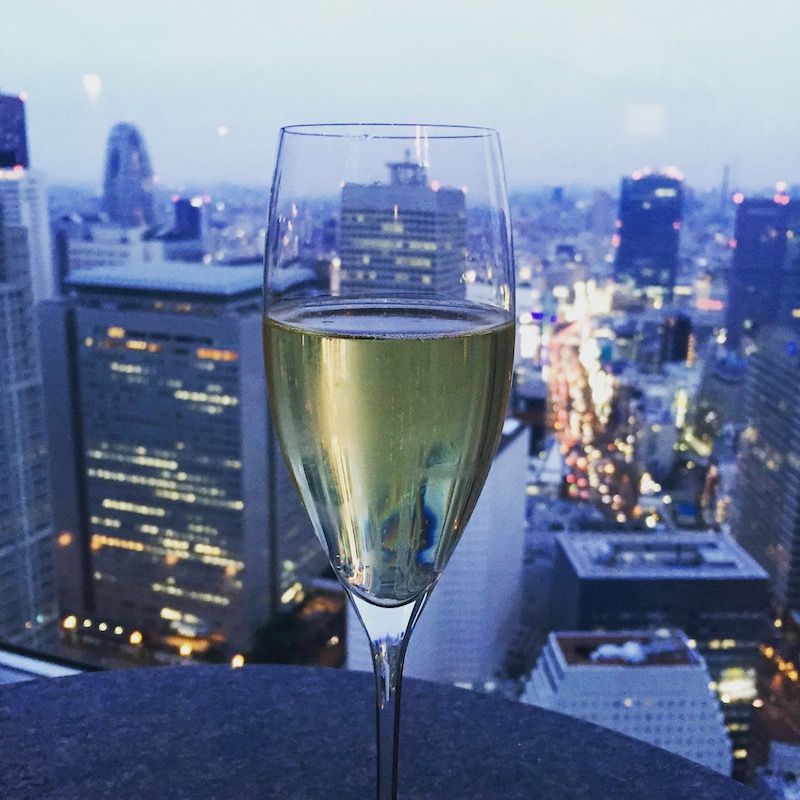
What to do
A good way to get a handle on the city and its geography is to give yourself a bird’s-eye view. For excellent night views with a side order of class, head to Park Hyatt Tokyo in Shinjuku. Made famous by Sofia Coppola’s 2003 film Lost in Translation, most people head to the 52nd floor New York Bar, but for a better deal try The Peak Bar on the 41st floor, where from Wednesday to Saturday, 5-9pm, they offer an all-you-can-drink happy hour for JPY 5,000 (tax inclusive). Just don't make the same mistake as I did and schedule any early morning sightseeing the next day.
For a break from the hustle and bustle, visit Shinjuku Gyoen National Garden, which has areas designed to represent traditional Japanese, English, and French gardens. The garden is particularly stunning during cherry blossom (sakura) season in late March and early April, although beware that this also means you’ll be sharing the space with crowds of tourists.
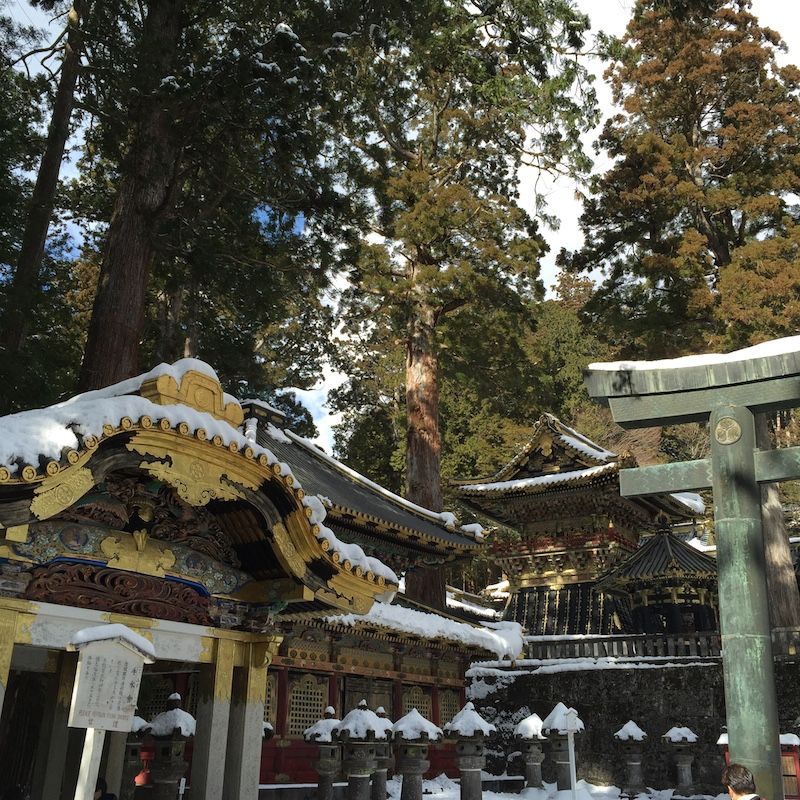
If you really want to escape the crowds, a two-hour train ride will take you to Nikkō, home of the UNESCO World Heritage listed mausoleums of the Tokugawa Shoguns. The shrines are vast and incredibly ornate, particularly the main attraction of Tōshōgū, the burial place of dynasty founder Tokugawa Ieyasu. Although there are JR trains available (good for JR Pass holders), the fastest and least complicated way to get to Nikkō is via the Tōbu Nikkō Line from Tōbu-Asakusa Station. The two-day Nikko Pass (JPY 2,670), available at the Tōbu Sightseeing Service Center in the aforementioned Tōbu-Asakusa Station, is great value, covering return train travel to Nikkō and unlimited rides of the World Heritage Loop bus once you arrive. Note that you will need to pay entry fees for each of the shrines/temples.
Where to stay
Bustling Shinjuku is the place to be if you’re into dining and nightlife. The highly rated Citadines Central Shinjuku (rooms from JPY 14,000 per night) offers clean and business-like accommodation in the heart of the Kabukicho entertainment district. Great for an admittedly-slightly-gritty introduction to late-night Tokyo, it is also around a 30-minute walk to the Meiji Shrine, one of Tokyo’s top attractions. If you’re staying for more than a few days, consider using Airbnb – there are some great value apartments to be found in the Shinjuku area.
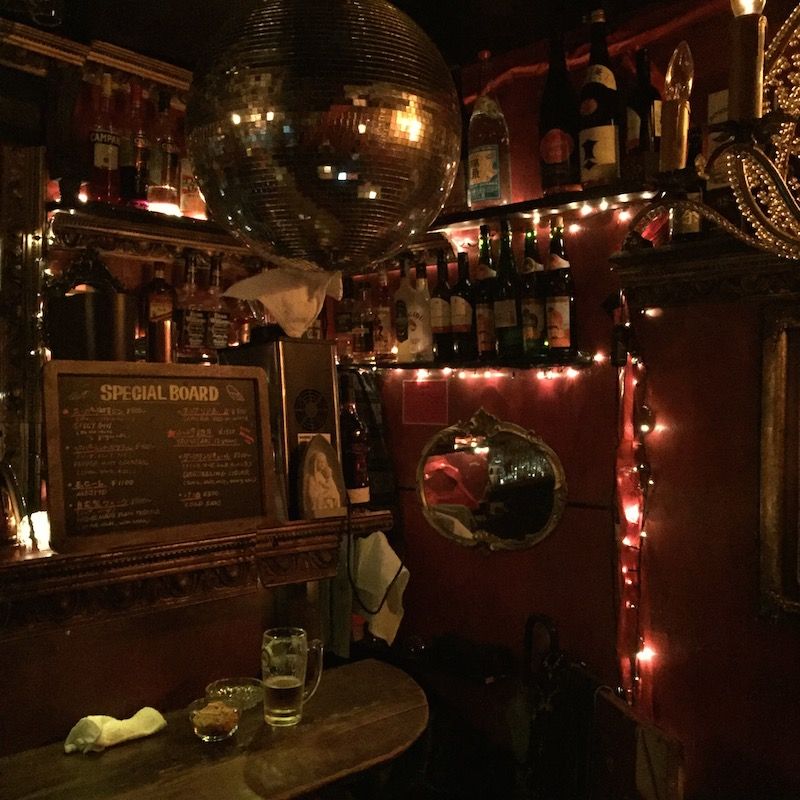
Alternatively, if you’re looking to flash that plastic, Ginza will satisfy even the most ardent shopping addicts (don’t miss the 12-storey Uniqlo). Hotel Gracery Ginza (rooms from JPY 9,500 per night) is located just off Ginza’s main shopping street and a five-minute walk from Ginza subway station. Ginza isn’t all about retail therapy, though. Tsukiji Market and the Imperial Palace are a short walk away, while the Ginza Line offers a direct route to Omotesandō (for Harajuku and the Meiji Shrine) and Asakusa (for Sensō-Ji).
It’s true that many hotel rooms in Tokyo are on the small side for the price you pay, but don’t let the blaring Tripadvisor reviews put you off – they are hardly broom cupboards. Those looking for truly budget accommodation have plenty of options in the form of hostels and ryokan (traditional Japanese inns). Sawanoya Ryokan in Uedo is one of the few ryokan catering almost exclusively to foreigners, while the Khaosan empire of hostels has locations all over the city – try the stylish Khaosan World Asakusa Ryokan and Hostel.
Where to eat
Really, it’s more a question of where not to eat. With its purported 100,000 restaurants, Tokyo is a food-lover’s paradise, offering everything from hushed temples of cuisine to street-side stalls where you can grab a snack for a couple of dollars. As the de facto seat of government since 1603, Tokyo has exerted great influence on not only Japan’s politics, but also its cuisine. Many of the dishes we consider to be characteristically “Japanese” originated in Tokyo, including nigiri-zushi, which started out as a fast food dish in Edo-era Tokyo.
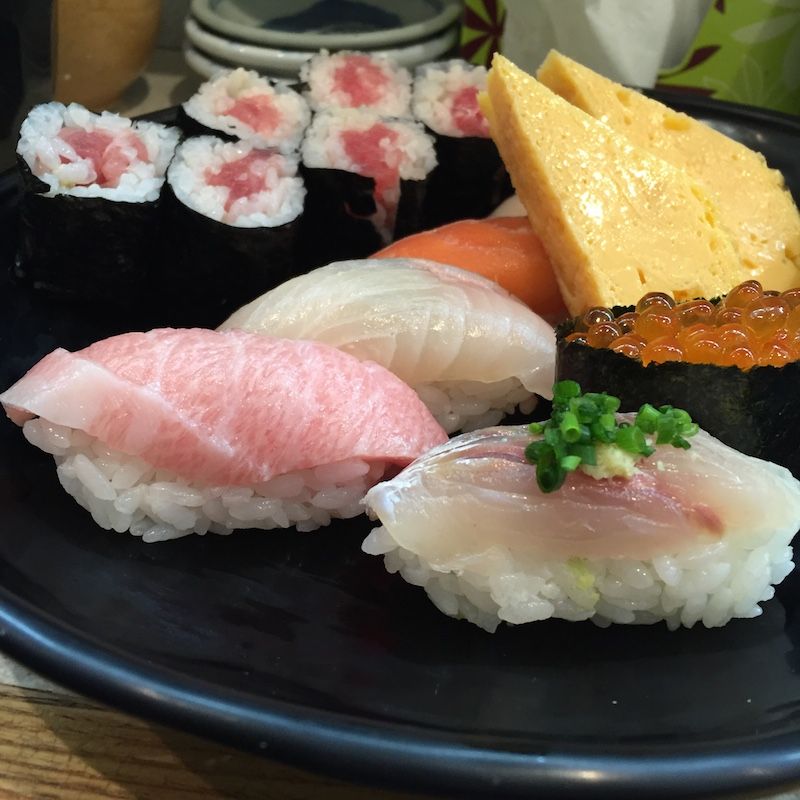
Speaking of sushi, tick both a sight and a memorable meal off your list with an early morning visit to Tsukiji market, where you can breakfast on some of the freshest sushi you’ll ever eat. Head to the inner market and join the queue at a famous restaurant like Sushi Dai or pick a place at random (we visited sushi bowl [kaisendon] specialist Dontaku) – you’re unlikely to be disappointed. On the other side of the city, Numazukō on the east side of Shinjuku station is a great place to try kaiten-zushi – conveyor belt sushi. Choose dishes from the conveyor belt or order from the menu (available in English). Expect to pay around JPY 2,000 per person, depending on how much you eat.
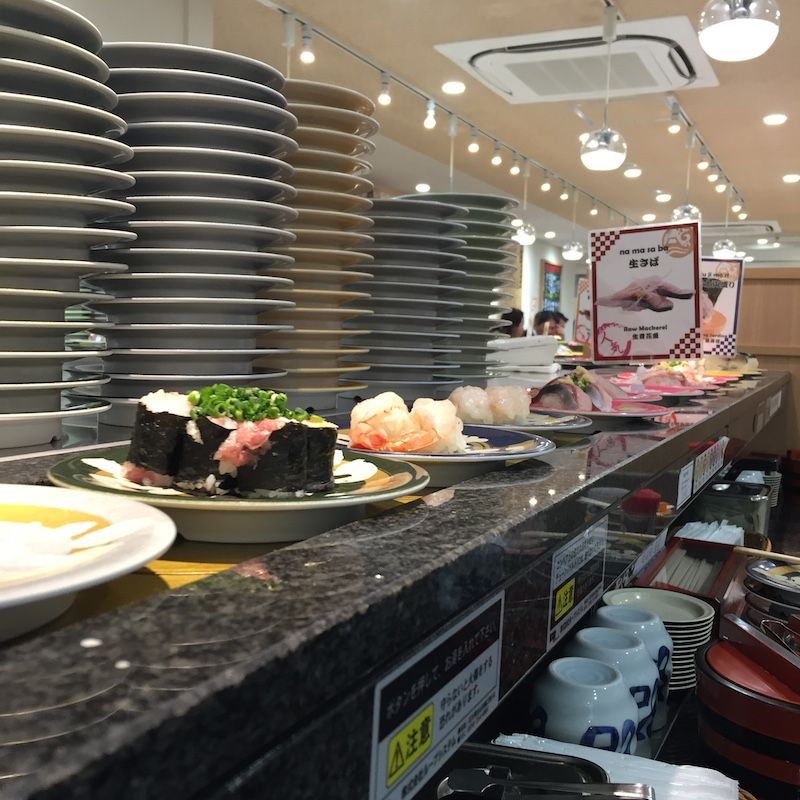
If meat is more of your thing, head to Blackhole in Kabukicho (pictured in lead image gallery), where they specialize in wagyu beef table-top barbecue. A set menu will set you back around JPY 5,000, which is worth it for the quality of the beef, or you can pick and choose from the a la carte menu – if you read Japanese that is. Good when combined with a night out in delightfully ramshackle Golden Gai, six narrow alleys packed with over 200 tiny bars that have luckily avoided Tokyo's architectural thrust towards the skies.
Another option for meat lovers is yakitori, otherwise known as grilled chicken skewers. Much like Beijing’s beloved chuan’r, yakitori is often enjoyed in cramped street-side restaurants, washed down with copious amounts of beer. If that sounds right up your alley, then you will want to head to literal alley Omoide Yokocho (Memory Lane, formerly known as Piss Alley, but don’t let that put you off ...) near Shinjuku Station where dozens of tiny shops dish out yakitori to crowds of hungry salarymen.

However, if you’re in the mood for something a bit more upscale, do not miss Ginza Torishige. Established in 1931, Torishige has been reeling in the crowds every since. In addition to skewers made with every part of chicken imaginable, they are also known for their duck skewers and dry curry rice. The accompanying chicken soup is revelatory. There are several grades of chicken available, but even the cheapest option will make you wonder why you ever thought chicken was boring. Expect to pay about JPY 5,000 per person.
More stories by this author here.
Instagram: @gongbaobeijing
Twitter: @gongbaobeijing
Weibo: @宫保北京
Photos: Kevin Poh (Flickr), Robynne Tindall










